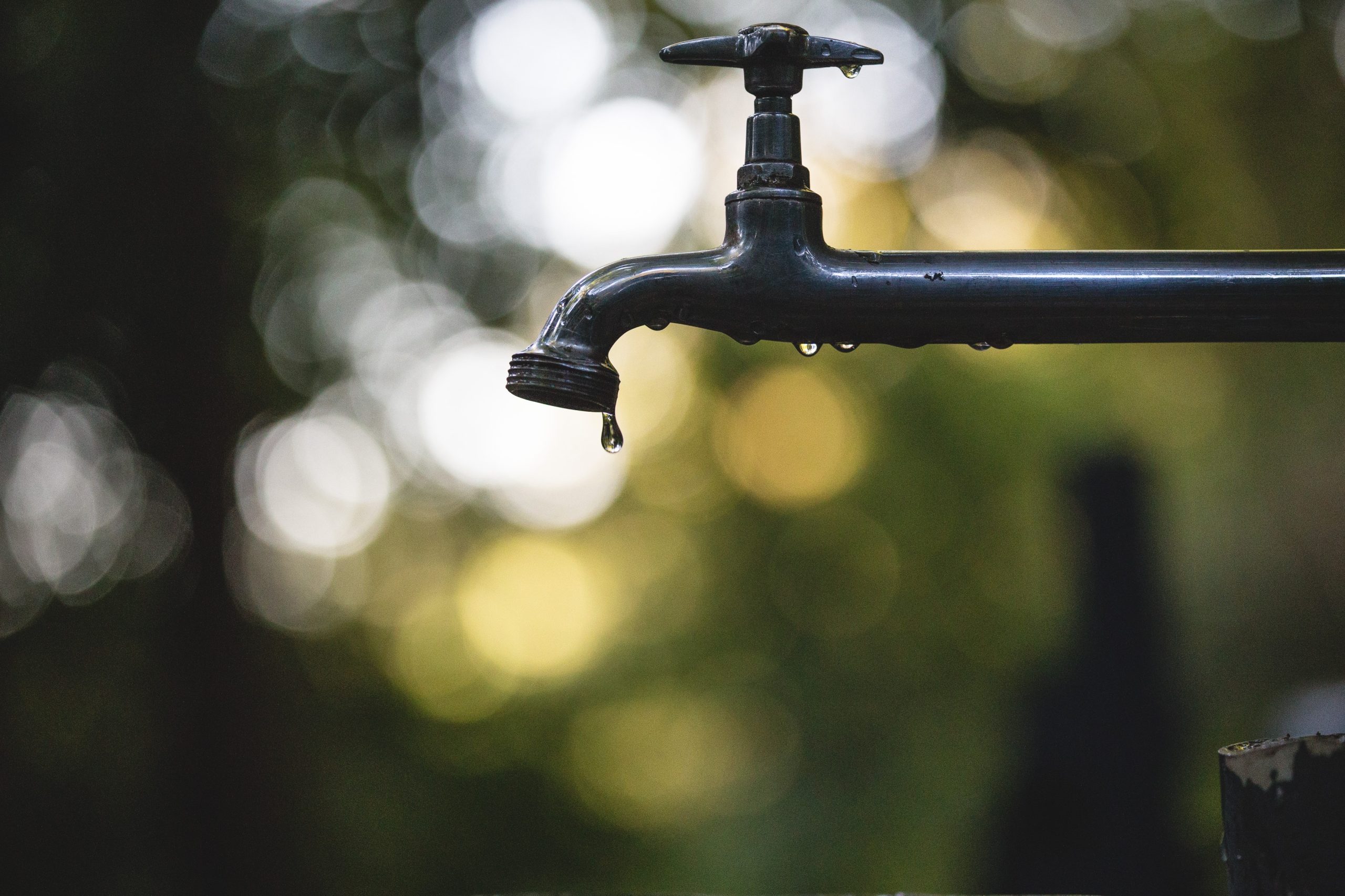Did you know that the water you drink from your tap could be contaminated with lead or microplastics? It’s a concerning thought, especially when we rely on tap water for our daily hydration needs. While many countries have strict regulations in place to ensure the safety of drinking water, there are still risks to consider. In this blog post, we’ll investigate the potential dangers of consuming tap water and explore ways to reduce those risks. So grab a glass of your favorite beverage (preferably filtered) and let’s dive in!
Lead Contamination in Tap Water
Lead contamination is a serious issue that can affect tap water in many areas. In fact, it’s estimated that millions of households across the world are exposed to lead-contaminated water. This toxic metal can have harmful effects on our health, particularly for young children and pregnant women.
Lead can enter tap water through corroded pipes or plumbing fixtures, especially in older buildings. Even low levels of exposure to lead over time can result in developmental delays, learning difficulties, and behavioral problems in children. It may also cause high blood pressure and other health issues in adults.
The good news is there are steps you can take to reduce your risk of exposure to lead through tap water consumption. First, consider having your home’s drinking water tested by a professional laboratory. If elevated levels of lead are found, consult with a plumber about replacing any old pipes or fixtures that may be contributing to the problem.
In addition to these measures, using a quality filtration system specifically designed for removing heavy metals like lead from tap water is an effective way to ensure safe drinking water at home.
Microplastic Pollution in Tap Water
Microplastic pollution is a relatively new concern in the world of water contamination. Microplastics are tiny pieces of plastic that measure less than 5 millimeters in length, making them virtually invisible to the naked eye. These particles come from a variety of sources, including cosmetics and personal care products, synthetic materials like nylon and polyester, as well as larger plastic waste that breaks down over time.
Unfortunately, microplastics can be found in tap water all around the world. Studies have shown that even treated drinking water contains these small particles. This poses a risk to human health since ingesting microplastics has been linked to various negative effects such as inflammation and damage to internal organs.
While it may seem impossible to completely eliminate microplastic pollution from our tap water supply, there are steps we can take to reduce our exposure. One way is by using a high-quality water filter designed for removing microparticles from drinking water.
Another way is by reducing our overall use of plastics altogether since much of this waste ends up polluting our oceans and freshwater systems; eventually breaking down into harmful microplastics.
While more research needs to be done on the long-term impact microplastic pollution has on human health; taking preventative measures like filtering your tap water or reducing plastic consumption will undoubtedly help safeguard against any potential risks associated with consuming contaminated tap water.
The Risks of Tap Water Consumption
The risks of tap water consumption are not to be ignored. While many people assume that tap water is safe to drink, there are several potential hazards associated with consuming it.
One significant risk is lead contamination. Although the use of lead pipes for drinking water has been banned since the 1980s, many older homes and buildings still have them installed. Lead can leach into the water supply, causing health problems such as developmental delays in children and high blood pressure in adults.
Another emerging risk is microplastic pollution. Recent studies have found that small plastic particles may be present in tap water around the world, which can cause harm to human health by disrupting hormones or entering tissues and causing inflammation.
Furthermore, some municipal water supplies may contain traces of pesticides or other chemicals from agricultural runoff or industrial waste disposal sites.
While these risks might sound alarming, there are ways to reduce them. Installing a home filtration system can remove contaminants from your tap water before you consume it while also ensuring that you’re getting clean drinking water anywhere you go without relying on bottled waters.
It’s crucial to understand the potential dangers associated with consuming unfiltered tap water so we could take precautions necessary for our safety and well-being.
How to Reduce the Risks of Tap Water Consumption
There are several ways to reduce the risks of tap water consumption. One of the simplest and most effective methods is to invest in a high-quality water filtration system. These systems can effectively remove contaminants such as lead, chlorine, and microplastics from your tap water.
Another way to reduce the risks associated with tap water consumption is by regularly testing your home’s drinking water supply. This will help you identify any potential issues early on and take appropriate action before they become more serious.
It’s also important to pay attention to where your tap water comes from. If you live in an area with known contamination issues, it may be worth investing in bottled or filtered water instead.
In addition, being mindful of how you use and dispose of plastics can have a significant impact on reducing microplastic pollution in our drinking water sources. Opting for reusable containers and avoiding single-use plastic products can go a long way towards reducing this type of contamination.
Educating yourself about the risks associated with tap water consumption is key to making informed choices about how you consume this vital resource. By staying up-to-date on emerging research and news related to this topic, you can make better decisions for yourself and your family when it comes to drinking safe and clean tap water.
Conclusion
In today’s world, where pollution and contamination are increasing at an alarming rate, it is crucial to be aware of the risks associated with tap water consumption. While lead contamination and microplastic pollution in tap water can pose significant health hazards, there are ways to reduce these risks.
Simple actions like using a filtration system or opting for bottled water can go a long way in minimizing exposure to potentially harmful contaminants. It is also essential for policymakers and authorities to take necessary measures to ensure that our drinking water sources remain clean and safe.
By being mindful of the quality of our tap water and taking action where necessary, we can all play a role in safeguarding ourselves and future generations against the dangers posed by contaminated drinking water.










